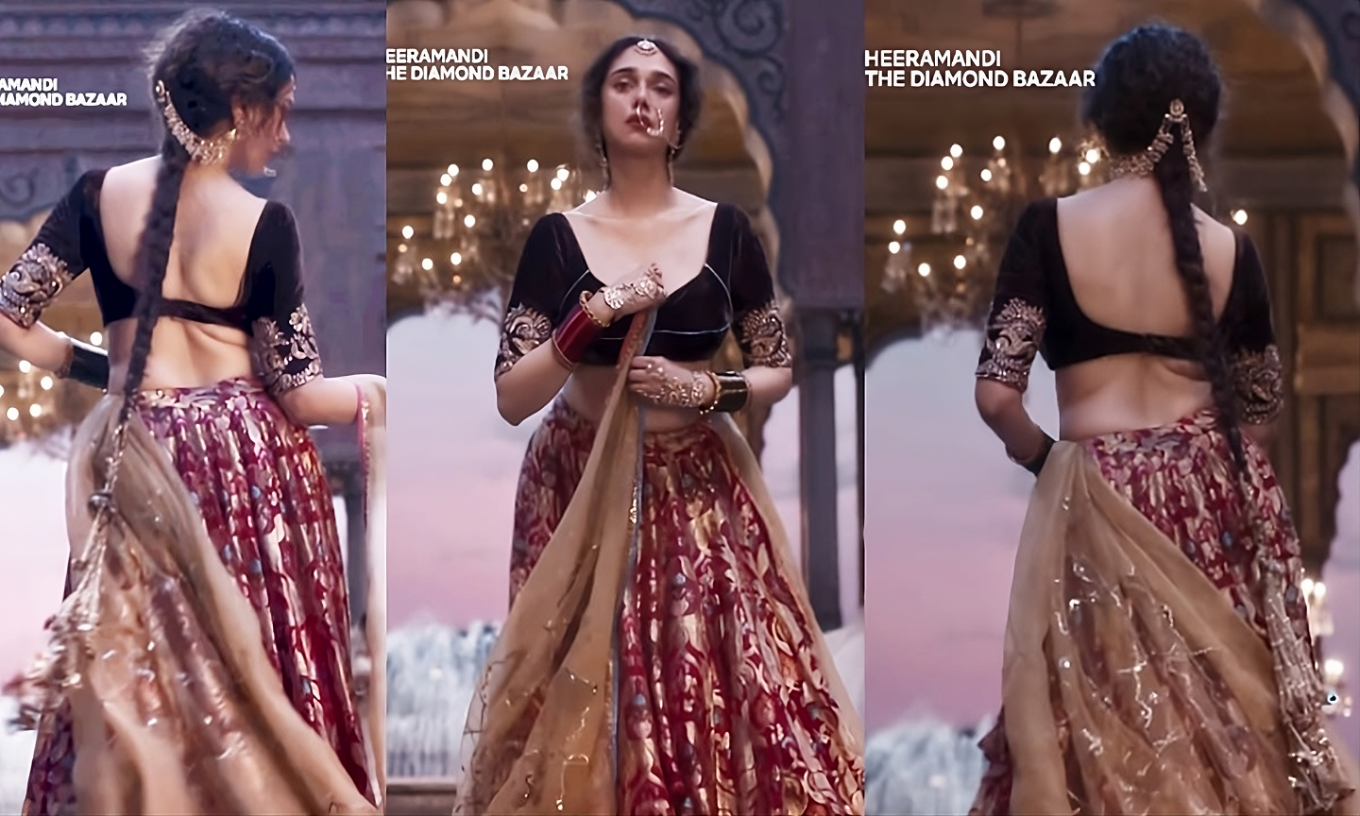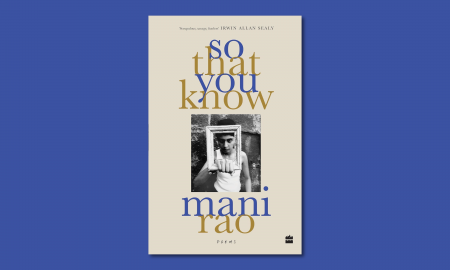Aditi Rao Hydari’s mesmerizing performance of the Gaja Gamini Walk in the song “Saiyaan Hatto Jaao” from the Netflix series “Heeramandi: The Diamond Bazaar” has taken the Indian media and audience by storm. The Gaja Gamini Walk, considered the epitome of seduction in the Kamasutra, is a graceful and sensual display of feminine beauty (Vatsyayana). As Hydari performs this ancient art, the camera captures her back flaps, which has led to a wave of acclaim for the supposed body positivity and confidence it instills in Indian women.
However, amidst this celebration, we must pause to consider the deeper implications of this scene and the reaction it has garnered. While the appreciation for Hydari’s performance is well-deserved, it is crucial to recognize that the body being celebrated here conforms to the narrow standards of beauty perpetuated by Bollywood. Hydari’s figure, undeniably stunning, represents the “ideal” female form as dictated by the industry — not too thin, not too large, but just right (Butalia).
Had the Gaja Gamini Walk been performed by a plus-size or extremely lean woman, it is doubtful that the response would have been as enthusiastic. The media and audience’s selective praise reveals the persistent bias in Bollywood and society at large when it comes to body diversity. As Susie Orbach argues in “Bodies,” “The pursuit of the perfect body is a cultural obsession, and it’s one that affects women more than men” (29). The comfort and confidence that Hydari’s performance supposedly provides to Indian women is, in reality, a reflection of how deeply entrenched these narrow beauty standards are in our collective psyche.
Bollywood has long been criticized for its lack of representation and inclusivity when it comes to body types. The industry’s fixation on a singular ideal of beauty has not only limited the range of stories and characters depicted on screen but has also contributed to the perpetuation of harmful stereotypes and unrealistic expectations (Datta). The celebration of Hydari’s Gaja Gamini Walk, while a step in the right direction, is not enough to address the deep-seated issues of body image and self-esteem that plague Indian society.
True body positivity in Bollywood would mean embracing a wide spectrum of body types, from the plus-size to the petite, and everything in between. It would mean telling stories that celebrate the diversity of the human form and challenge the notion that there is only one way to be beautiful (Orbach 67). It would mean creating space for actors and actresses of all shapes and sizes to shine, without reducing them to their physical appearance.
The reaction to Aditi Rao Hydari’s Gaja Gamini Walk in “Heeramandi” serves as a reminder that, despite the progress made in recent years, Bollywood still has a long way to go when it comes to genuine body positivity. The selective praise for Hydari’s performance, while well-intentioned, only reinforces the narrow standards of beauty that continue to dominate the industry. As we move forward, it is crucial that we push for more inclusive and diverse representations of beauty in Bollywood and beyond, so that all women can feel truly seen, celebrated, and empowered.
***
Works Cited
Butalia, Urvashi. “The Body as a Battlefield.” The Hindu, 3 Mar. 2019, www.thehindu.com/society/the-body-as-a-battlefield/article26419167.ece. Accessed 16 May 2024.
Datta, Sangeeta. “The Changing Face of Women in Bollywood.” The Conversation, 17 Aug. 2020, theconversation.com/the-changing-face-of-women-in-bollywood-143869. Accessed 16 May 2024.
Orbach, Susie. Bodies. Profile Books, 2009. Vatsyayana. Kamasutra. Translated by Wendy Doniger and Sudhir Kakar, Oxford University Press, 2002.





